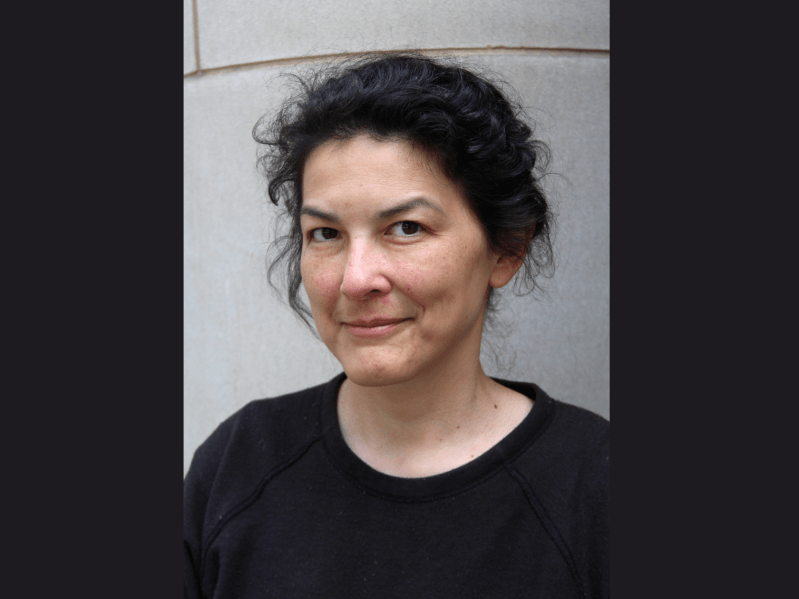The summer of 2018, I took a Sophomore College class with professor Michele Elam called “A New Millennial Mix: The Art & Politics of the ‘Mixed Race Experience.’” It was the first time that I had engaged with critical theory and writing about my own racial identity; at home, conversations about the cultures that supposedly were me were absent. Before, I lacked the vocabulary and form for exploring and understanding this experience.
Part of this experience, as expressed by many multi-racial, multi-ethnic or multi-cultural writers, is a state of “in-betweenness.” In the class, we read a book of collected essays titled “Half and Half: Writers On Growing Up Biracial and Bicultural.” Claudine Chiawei O’Hearn writes in the introduction to “Half and Half” that “the biracials blended in both directions, moving between the groups, though always somewhat outside each.” Navigating the space “between” groups thus often engenders its own, new space: “a third, wholly indistinguishable category where origin and home are indeterminate.”
Cynthia Arrieu-King’s “The Betweens,” released in March of this year from Noemi Press, is a short experimental prose memoir about this “indeterminate” in-betweenness of being biracial. Written solely in fragmented paragraphs which jump from anecdote to anecdote, memory to memory, “The Betweens” builds a peripatetic, complex structure of narrative to explore the equally complex question of the experience of race. One question echoes O’Hearn’s idea and pierces the book: “Where do you stand if your people don’t exist? And what do you call that space?”
From the beginning, Arrieu-King grounds her book in a direct and clear mode of writing. One of her epigraphs, from Clutch Fleischmann, notes, “I decided this summer that I wanted to be done with metaphors… I’m trying to get at the thing directly.” Arrieu-King takes this as almost the defining principle for “The Betweens”; most of the text consists of stories from her own life, anecdotes from those of others, childhood memories and current events from the news. Her authorial voice is attentive, self-aware and humorous, lending weight to her position as a trusted reporter of what she observes. Even in her moments of sardonic humor, we believe that she is being sincere.
By opening herself up in this way to straightforward, accessible storytelling, Arrieu-King allows a wide range of experiences and perspectives to enter “The Betweens.” Nearly every aspect of her life makes its way into the book, from her family and friends to a reflection on a Goodreads review of her first book; from her quilting classes to memes posted on Facebook. She shows that everything is worth observing, worth thinking about. And, therefore, everything relates to race.
Besides its reference to a mixed-race identity, the title “The Betweens” has another resonance: in sewing. Arrieu-King, in describing the process of quilting, writes: “But to sew together all the layers—with scrolls, feathers, spirals—you have to use a needle so thin and short that it can penetrate all the layers, and that needle is called a between.” This additional meaning of “betweens” again highlights Arrieu-King’s sharp ability to notice the nuances in the interpersonal relationships around her, her eye and ear piercing “all the layers” latent in language. But it also plays with the idea that a person with multiple racial or cultural identities has this ability too, to attune themselves to the nuances of race because they are the ones “sewing” them together.
Another common experience of “in-betweenness” is the feeling of not “really” being something. As the “needle” sewing together the layers, we don’t necessarily get to be a “layer” ourselves. O’Hearn writes about this in “Half and Half” — someone tells her, “Oh, you’re not really Chinese,” and later internalizes these doubts: “How can I be Chinese when I struggle to communicate with my grandparents?” On the first page of “The Betweens,” Arrieu-King tells a similar story:
“I noticed that Chinese people didn’t think of me as Chinese. I told my dad how they’d say I wasn’t ‘a real Chinese.’ I felt stuck in a gray area between this reaction and the reaction—to my playing piano, to good grades, to being quiet—that I was very Asian.”
The remarkable similarities between these two writers’ experiences — and, quite frankly, the experiences of many other half-Chinese Americans, including myself and many of my friends — highlight what I touched on in the beginning: that those of us who are multi-racial share an experience that can be separate from ourselves.
But that is not to say every experience can be neatly categorized under this new “third” category, either. Arrieu-King simply helps us navigate the labyrinth of race in modern America without ever flattening the individual. Through “The Betweens,” we see that there can be a common mode of articulation by which to make sense of our own, unique racial identities within a whole.
